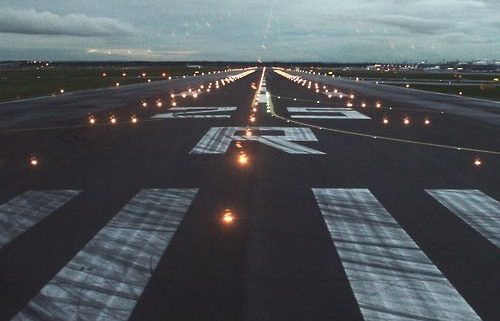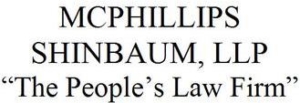Can I Sue an Airline for In-Flight Injuries?
Traveling by air is one of the most common ways to get around these days. In fact, according to Air & Space Magazine, there were 3.5 billion airline passengers in 2015, a number that was predicted to increase to 3.8 billion by 2017. What’s more, only 18 percent of Americans report never having flown in their life, which means that 82 percent likely have flown.
While air travel certainly makes things more convenient, and is becoming a more popular option with cheaper flights and budget airlines popping up both domestically and abroad, it’s important to remember that even when planes land safely, passengers can suffer in-flight injuries.
Common In-Flight Injuries
There are multiple opportunities for an injury to occur throughout the duration of the flight. Some of the most common accident and injury types include:
- Rolling cart injuries (when the cart carrying drinks and snacks strikes a passenger);
- Falling luggage injuries;
- Spilled hot beverage injuries;
- Slip and fall injuries; and
- Turbulence-related injuries.
While many of these injuries are minor, leaving a person with insignificant bumps and bruises that are quickly forgotten about, the injuries can be serious. Indeed, a piece of luggage falling on a person’s head could cause a head or brain injury, spilled hot liquid could lead to serious burns, and other accident types may lead to back or neck injuries, fractures, and sprains and strains. Further, the above list is not inclusive.
Who’s Liable for an In-Flight Injury?
If you have been injured while on a flight, you may be able to bring forth a claim against the airline in order to recover compensation for the value of your injuries. In order to do this, here are a few things to keep in mind–
- Airlines are common carriers. The first thing to note is that airlines arecommon carriers, which means that they have a heightened duty of care to those they serve. This may mean that providing negligence is easier to do, as the ordinary standard of care does not apply.
- Airlines cannot be held liable for unforeseeable and unpreventable events. When certain events occur that an airline cannot predict, they cannot be held liable for damages that result. For example, turbulence on an airplane is not always avoidable. If a plane was experiencing turbulence, and a passenger who was advised to stay buckled in their seat went to the bathroom and fell along the way, the airline is not liable for the resulting damages.
- You’ll have to prove negligence. Like with all personal injury claims, in order to hold an airline liable for harm, you’ll need to prove that the airline neglected the duty of care owed to you. For example, if the plane was experiencing turbulence, but the pilot or airline attendants failed to let passengers know they should remain in their seats and an injury resulted as such, it could be argued that the airline neglected their duty of care. Failing to properly secure luggage is another example of negligence.
- Rules may be different for international flights. If you were harmed on an international flight, you should meet with an attorney immediately, as where the flight originated and landed may determine jurisdiction for your case. Further, your damages amount could be limited.
Contact Our Experienced Personal Injury Lawyers Today
Being injured on a flight can be a very uncomfortable and scary experience, and sometimes the injury may be serious enough that you need to bring forth a legal claim in order to recover compensation for your losses.
Before you file your suit, though, you should consult with an experienced Montgomery personal injury attorney who has represented clients involved in suits against airlines in the past. At the law offices of McPhillips Shinbaum, LLP, our personal injury attorneys are prepared to advocate for you. To learn more about our legal services and how to hold an airline liable for injuries, please call us at 334-262-1911 or contact us online to schedule a free consultation.











